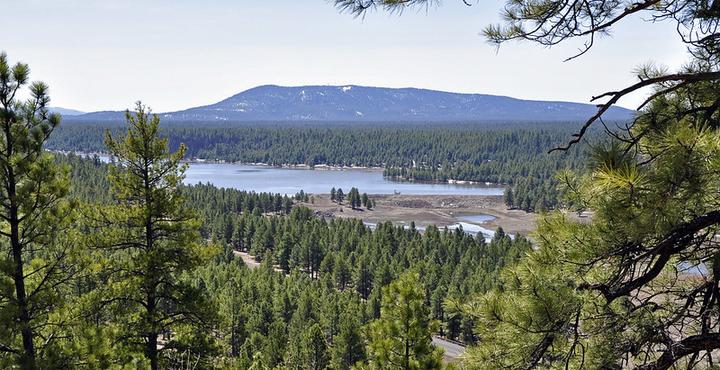Upper Lake Mary Lake Level Variability
 Upper Lake Mary, Photo from USDA Forest Service, Coconino National Forest
Upper Lake Mary, Photo from USDA Forest Service, Coconino National Forest
This project was the result of a collaboration between the Climate Assessment for the Southwest (CLIMAS) program at the University of Arizona and Flagstaff Water Services (FWS). The overarching question at the heart of this research was: how do Upper Lake Mary (ULM) water levels respond to climatic conditions in the Rio de Flag and Walnut Creek watersheds? We found that cool season (Nov-Mar) precipitation consistently plays the most important role in determining ULM lake levels. This emphasizes the primary influence of combined winter snow accumulation and early spring precipitation on lake levels for the upcoming summer. However, we also suggested that temperatures may be playing an increasingly important role in determining lake levels in more recent years.
FUNDING
This research was supported by a grant from the National Oceanic and Atmospheric Administration’s Climate Program Office through grant NA17OAR4310288 with the CLIMAS program at the University of Arizona.